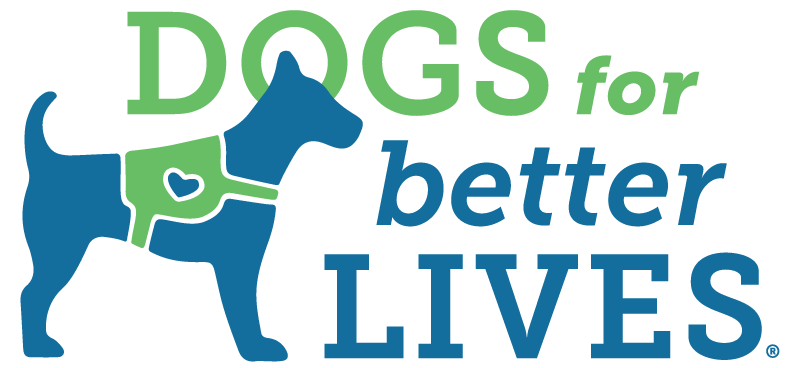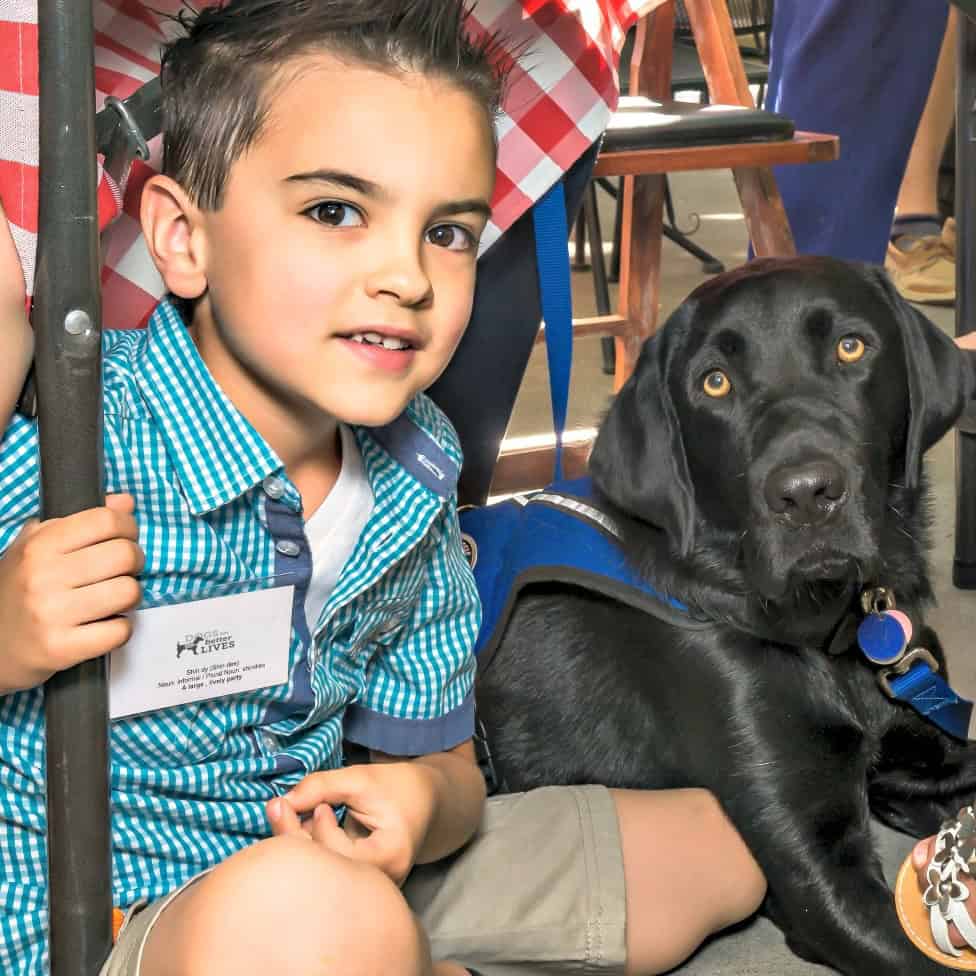Facility Dogs typically work with vulnerable populations and persons with disabilities (physical, mental, cognitive, sensory, or developmental) and are placed with working professionals or volunteers. Before being placed in a facility, Facility Dogs are extensively trained to do specific skills that support their communities.
 There are many types of settings where a Facility Dog might work. Wherever you find a Facility Dog, know that a lot of special training went into these dogs, and that they were selected especially for their ability to not just change one life, but many! Below are seven of the most common facilities where Facility Dogs are placed.
There are many types of settings where a Facility Dog might work. Wherever you find a Facility Dog, know that a lot of special training went into these dogs, and that they were selected especially for their ability to not just change one life, but many! Below are seven of the most common facilities where Facility Dogs are placed.

Facility Dog Filbert works in hospitals and healthcare facilities.
-
- Hospitals and Healthcare Facilities. Facility Dogs working in healthcare settings provide stress relief and comfort and are also trained to assist with patient care. They can help patients practice large and fine motor skills and can assist with speech therapy and mobility support. Watch Facility Dog Filbert in action and learn more about his work as a Facility Dog in hospitals.
- Medical Offices. Facility Dogs are most often found in therapist or psychologist offices, although they can be in pediatric facilities as well. They can help provide support and comfort to patients who are receiving care and can give individuals a feeling of safety and security.
- Child Advocacy Centers. In Child Advocacy centers, Facility Dogs help mitigate trauma for children and their families. They provide a calming presence and an overall sense of calm and wellbeing. By performing their tasks, Facility Dogs can help children in these centers feel safe speaking about their experiences. They can also help children stay focused. Meet Catherine and Facility Dog Fancy, who work together at a Child Advocacy Center.
- Schools. Facility Dogs are often found in school counselors offices, regular classrooms, or in special education classrooms. These Facility dogs use all their tasks to keep kids engaged and encourage active learning. In addition, these dogs excel at promoting calm in the classroom and helping to build connection.
Read how Facility Dog Ruth has changed Allison’s classroom since being placed in 2021. - At-Risk Youth Centers. Facility Dogs in at-risk youth centers actively engage with kids to help promote structure, calmness, and learning. Children in these settings often get to work with the dogs and assist in their care, which can help build confidence and self-esteem.
- Courthouse. Courthouse Facility Dogs assist by providing support to kids or families involved in a trial, or interviews. These dogs help create a safe and calming presence to those who need to speak about a traumatic experience. Courthouse facility Dogs are specifically trained to be able to take the stand with their clients without causing any disruption, to provide a calming presence to the client.
Read about DBL’s partnership with Courthouse Dogs Foundation. - Police Station or Fire House. Facility dogs support our first responders in police stations and fire houses by providing stress relief and unconditional love. They are also trained to assist in supporting victims or families experiencing trauma.
Would your facility benefit from a Facility Dog? Visit our Facility Dog page to learn more and apply.




